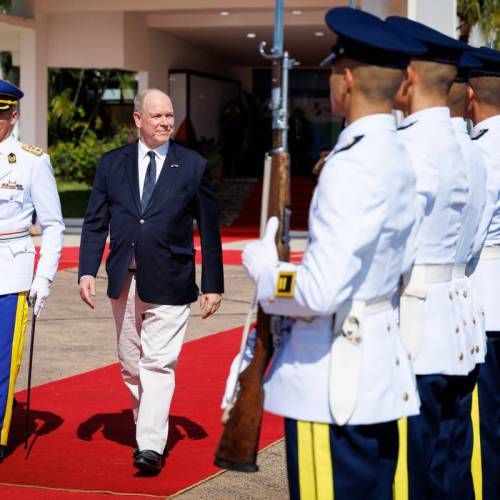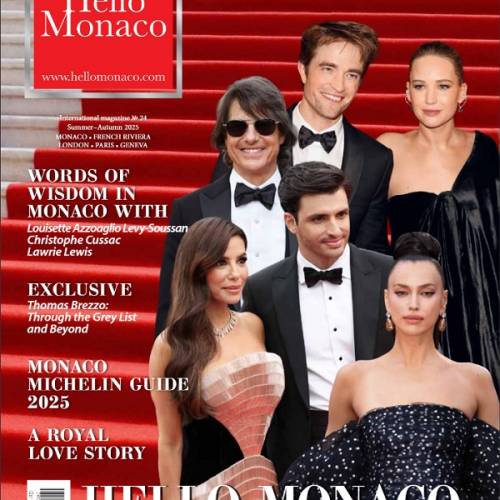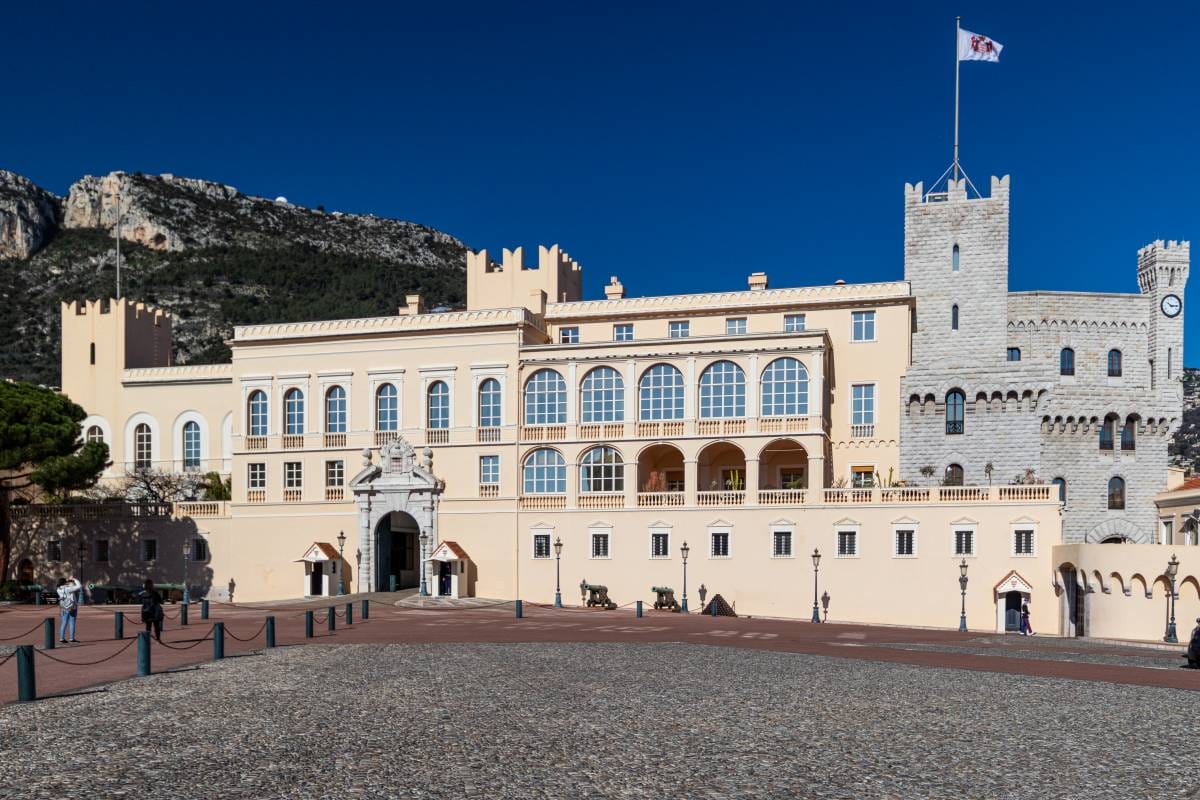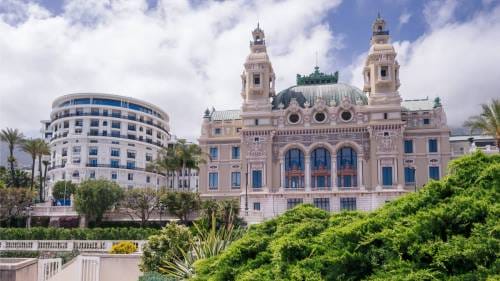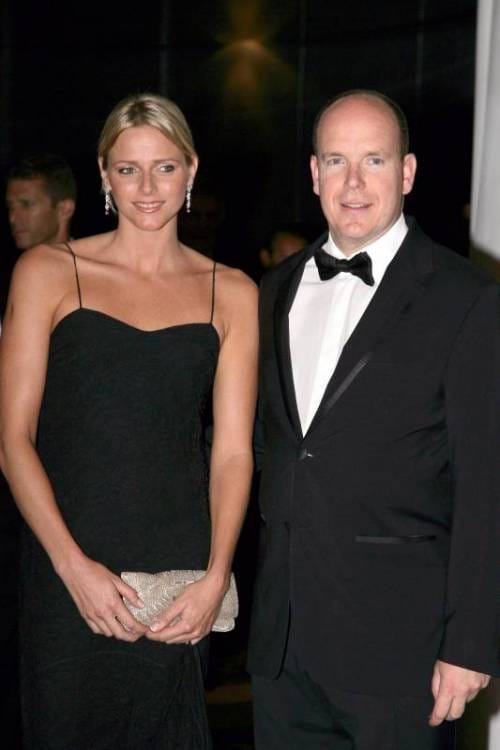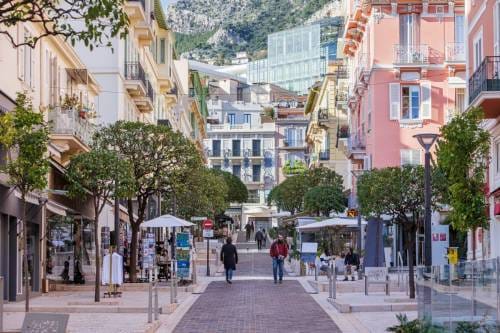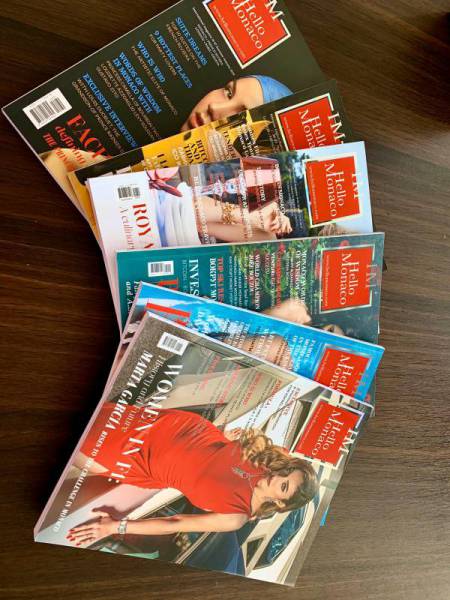High diplomacy and cuisine are inseparable. “I am just a cook”, Christian Garcia, Prince Albert II’s Executive Chef humbly is reported to say, while at the same time he smooths the way for Kings and Queens, Presidents and Diplomats to conduct negotiations with Princes.
“If politics divides people, a good table always gathers them” is a motto of The Club des Chefs des Chefs, which is seen as the world’s most exclusive gastronomic society and of which Christian Garcia is President. Active in Monaco and leading global centres it has extremely strict membership criteria: to be accepted into this highly elite club, you need to be the current personal chef of a head of state. At the end of 2024, the club consisted of 32 persons.
The development of gastronomy under Prince Honoré II
Imagine being such an Executive Chef in charge in the Grimaldi Palace following its dynastic beginnings in 1197. We can’t be sure the cuisine in the twelfth century would have been worthy of three Michelin stars, but by the time of Prince Honoré II, starting in the beginning of the 17th century, it didn’t need a Michelin Guide to spread the word of the heights of cuisine being achieved in the Principality.
How do we know? One fascinating search of the Palace Archives unveils a special niche — a treasure trove of recipes and records of culinary delights in the Palace through the ages. The sophistication even in those past centuries went so far as the appreciation of the “nose” of the cuisine — one could savour the quality of a dish and express it almost poetically just like one can describe a fine perfume. Through the ages the Principality became a magnet for the Arts and particularly during the reign of the first Lord to bear the title Prince in the 17th century. Cuisine was another art form and at the time of Honoré II rose to the same heights as the Arts, attested by many of the distinguished visitors to the Palace.
Pierre Lacam, Chef to Prince Charles III
The Princes could attract Europe’s most talented Chefs for their kitchens. They selected from the celebrity Chefs of their era. One of these was a star in the 1800s, the talk of Parisian circles and mentioned in the Palace Archives, and who at the age of 29 in 1865 had already written a book on “nouveau patissier”, his speciality being desserts. His book was entitled “Le Pâtissier-glacier”. He refined his art as Chef at Ladurée, rue Royale in Paris from 1866 to 1871 and was later engaged as “pâtissier-entremetier” of the Prince of Monaco from 1877 to 1879 during the reign of Charles III. Known as Pierre Lacam he is mentioned among the early devotees of the Macaron Doré in France though history books would also mention the Italian chef of Queen Catherine de Medici.
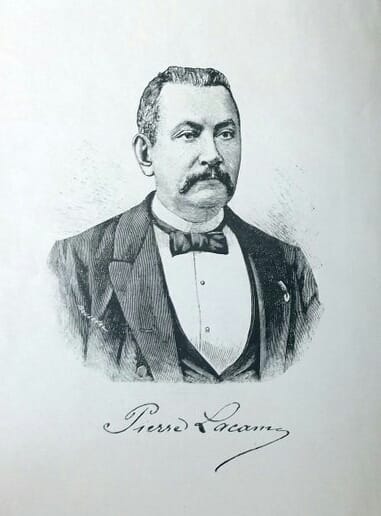
In 1890, he published “Le Mémorial de la Pâtisserie” which contains one thousand six hundred recipes and is in the Palace Archives. It is the Archives too where can be discovered the recipes of this age for numerous desserts and entremets including those of Pierre Lacam, notably entremets a la meringue Italienne and Neopolitans — probably still being served from time to time nowadays in the Hôtel de Paris and Hermitage in Monte Carlo.
Despite his culinary brilliance and no evidence that he was a prickly character, he may have been a touch too indolent it is rumoured. Reading between the lines, after being hired in 1877 the rumour continues that he was given the boot for not being on time (the French phrase is “pas assidu”), presumably diplomatically because he is just recorded as exiting in 1879.
Carl Mauterer, Chef to Prince Albert I
Another treasure devoted to cuisine found in the Palace Archives comes from the time of Albert I who engaged an altogether different style of Chef to those practicing the typical French Haute Cuisine. Carl Mauterer was a stern German and advocate of vegetarianism. He wrote a book on this new cuisine — again well in advance of its popularity a hundred years later. The Palace Archives reference it: “Die praktische Reform-Küche” a how to guide to this new vegetarian style of cooking.
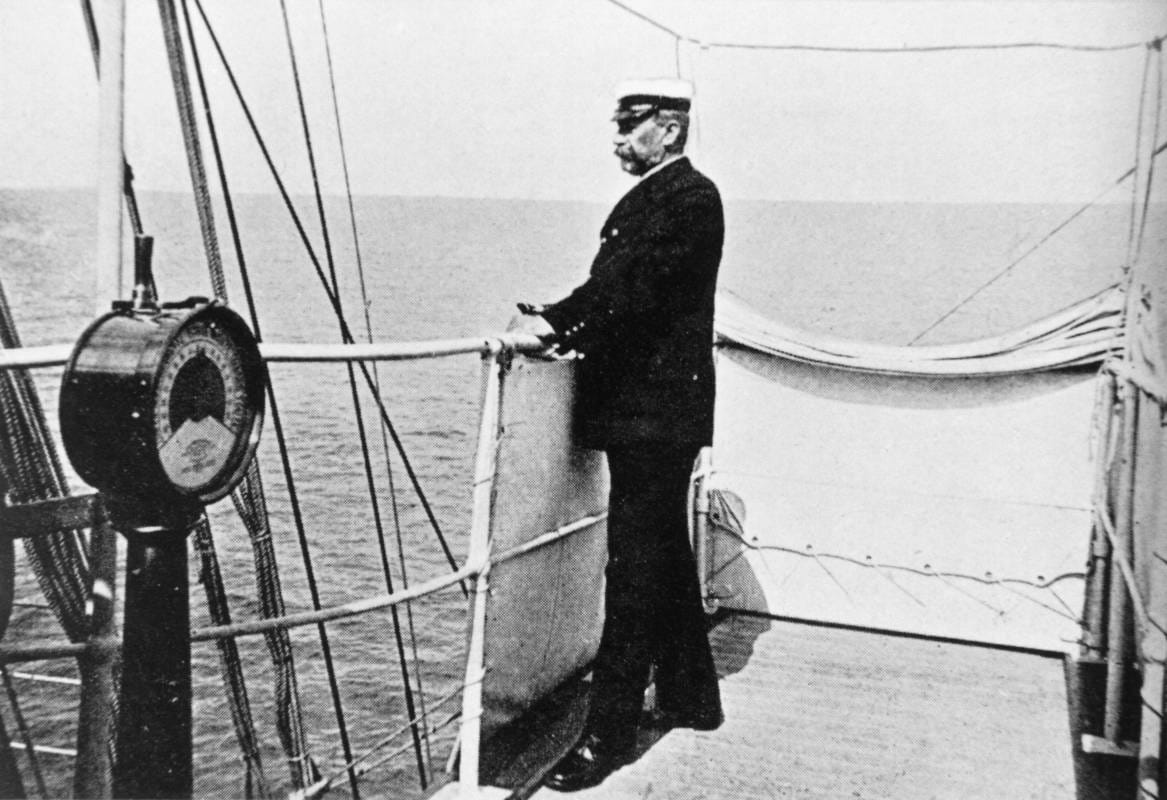
Carl Mauterer was Prince Albert I’s Chef from 1895 to 1898 and would have set the stage for the vegetarian cuisine on Prince Albert I’s voyage to Spitsbergen on the Princess-Alice.
Christian Garcia, Chef to Prince Albert II
In order to experience the cuisine served to Prince Albert and Princesse Charlène by Palace Executive chef Christian Garcia you have to be royalty, a high profile palace guest, a dignitary, or just have the good fortune to be on the invitation list to the magnificent Prince’s Palace.
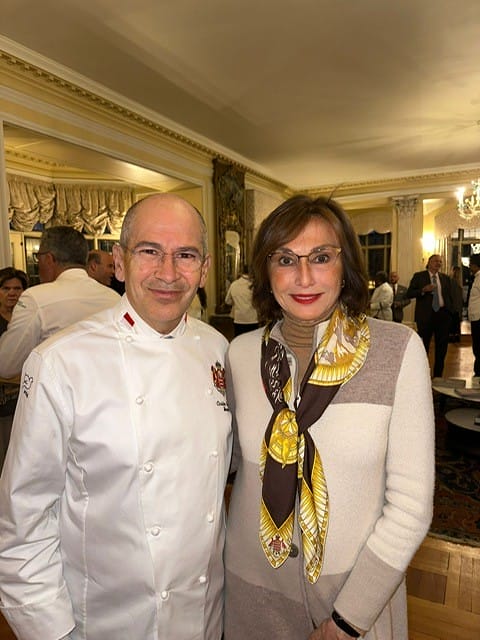
However, if you were unfortunate enough to be homeless or in desperate need, you may see him serving meals wherever he may be called to help in the world. In a reflection of Monaco’s concern for those in need he is often reported pursuing charitable objectives — for example in the US at a Franciscan Mission for the homeless or nearer to home in Milan serving 300 homeless, or supporting medical staff who have had to face the brunt of the Covid-19 pandemic.
Like Pierre Lacam and Carl Mauterer no doubt some of Christian Garcia’s treasured recipes will be found nestling in the Palace Archives. We wonder if they will include one of Prince Rainier’s reported favourites, Macaroni with Lobster, or the Millefeuille made for Prince Albert’s baptism, or the special dessert with rose flavour that is named the Rose Princess Grace.

